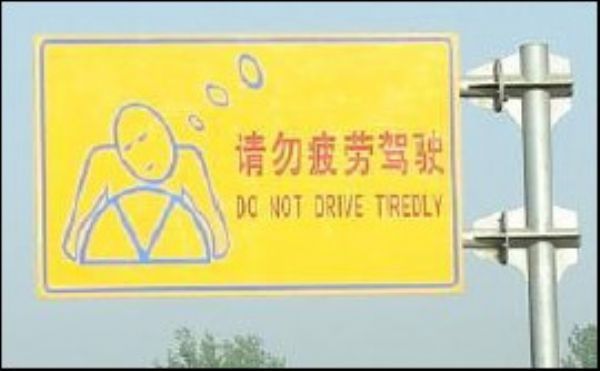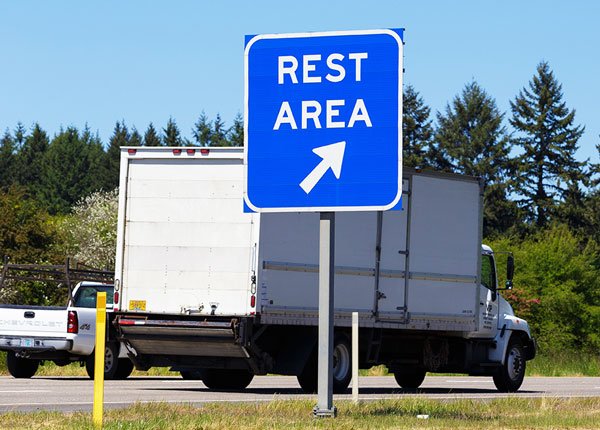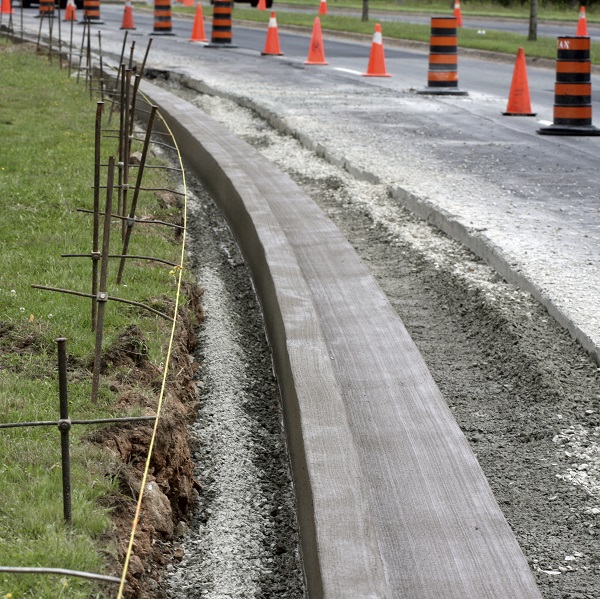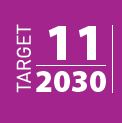





Fatigue Management
When drivers are fatigued or sleepy they are less able to respond quickly to changes in the road environment (that is, reaction time is slower) and they are also less likely to notice things that may pose a risk.
For example, a fatigued or sleepy driver will probably take longer to notice an upcoming intersection or railway crossing. Another risk is that the fatigued or sleepy driver will fall asleep while driving.
Research has shown that a person kept awake for 17 hours will perform as poorly as someone with a blood-alcohol concentration (BAC) of 0.05 per cent (the legal limit in many countries) on tests of thinking ability and hand-eye coordination. After 24 hours without sleep, a person will perform as poorly as someone with a BAC of 0.10 per cent.
Research on the proportion of casualty crashes that are a result of fatigue has had mixed results, but often it is reported that around 20% of fatal crashes are fatigue related, and that this percentage is higher for crashes involving commercial vehicles.
What can be done to prevent fatigue related crashes?
Drivers can do a range of things to reduce their risk of a fatigue related crash. These include:
- not driving at times of the day when they are usually asleep
- getting enough sleep before driving
- stopping driving for a short sleep if they notice signs of fatigue or sleepiness (such as yawning, blinking more than usual, or forgetting the last few kilometers of driving).
Public education campaigns are important to help drivers understand the risks of driving while fatigued and ways to avoid it. Changes to road design can also help to prevent fatigue-related crashes. These include:
- sealing road shoulders so that it is easier for drivers to regain control if they drift off the road
- providing audio-tactile edge lining so that drivers can hear and feel when their tyres cross the line
- removing roadside hazards such as poles and trees
- providing places for driver to stop and rest, and put up signs letting drivers know where the next rest stop is
- put signs up warning of dangerous parts of the road.
Commercial vehicle drivers
One group at high risk of fatigue related crashes is commercial vehicle drivers. Some transport operators, in order to maximize profits, compel their drivers to work long hours and/or to work when they are tired. The following interventions can be helpful in preventing fatigue related crashes among commercial drivers:
- requiring transport operators to have schedules that do not encourage drivers to work when they are fatigued
- controlling drivers’ hours through legislation and use of tachographs
- medical screening and treatment for sleep problems and disorders
- fatigue education, both for drivers and transport owners.
In-vehicle monitoring devices, which assess slowed blinking and eye movements to see whether a driver is fatigued, can also be used to warn commercial vehicle drivers (and/or managers and dispatch offices) if they are fatigued.
Treatment Summary
Case Studies
Related Images
 A fatigued driver. Image credit: iStock
A fatigued driver. Image credit: iStock Fatigue advisory signage in China. Image credit: GRSP
Fatigue advisory signage in China. Image credit: GRSP A highway rest area sign. Image credit www.epermittest.com
A highway rest area sign. Image credit www.epermittest.com Lane widening works. Image credit: iStock
Lane widening works. Image credit: iStock









